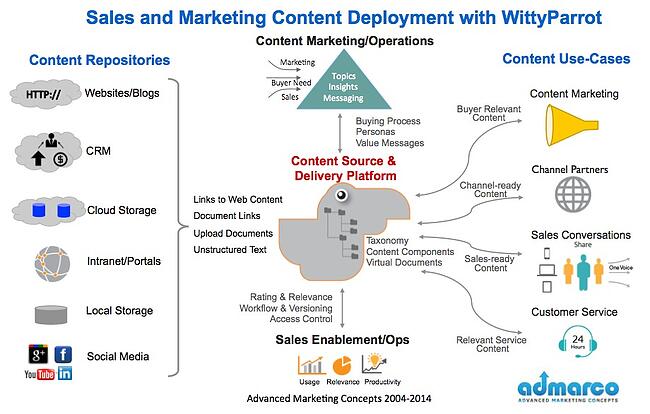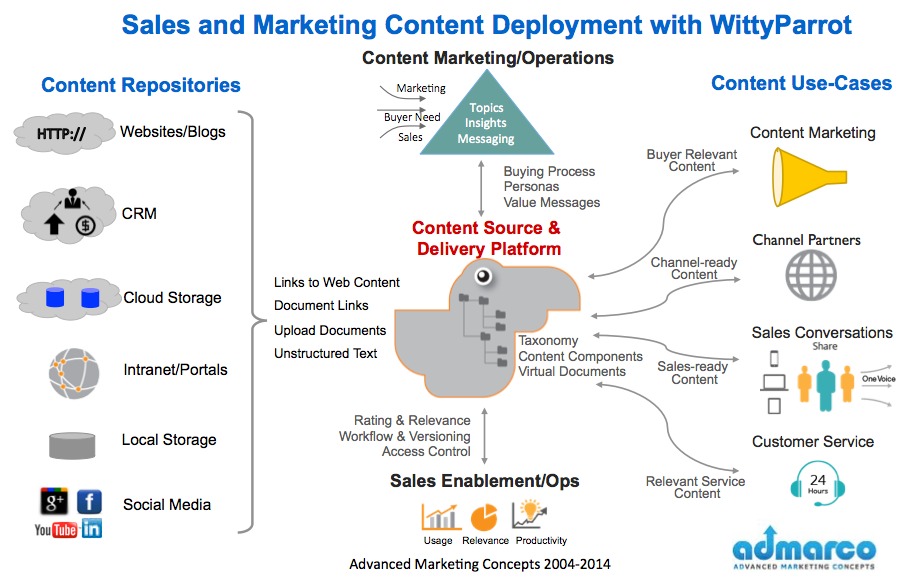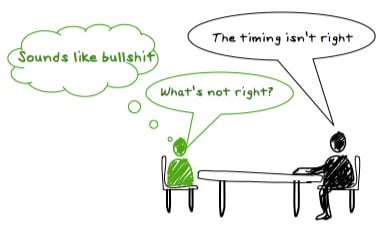Ask any marketer or sales enablement professional how many marketing/sales messaging projects they have completed or participated in the past 10 years and you will hear anywhere from none to over a dozen.
Ask those same professionals, how many of those projects actually paid a dividend on the investment and effort to create them and you will get a lot of head shaking.
Who needs more messaging that fails to deliver?
There are many reasons why messaging fails to deliver value, but these three are top of my list:
- Messages are internally focused and product-centric, and not relevant to stakeholders,
- Messaging is not in from that is immediately usable by salespeople (trapped in document containers, in portals),
- Salespeople don’t have the right skills to use it.
Once a messaging project is completed and delivered, usually in Word documents, or PowerPoint, the messaging is emailed to the sales team, uploaded into a Portal somewhere and then it becomes invisible.
The problem with this traditional approach is that the core messaging is not converted into content that can be easily used and shared in the different forms required by salespeople, sales enablement professionals and marketers who need it.
Think of messaging as source material, to be mined and reworked to create content to bring it to life.
Jim Burns of Avitage, published a great article in the Selling Power blog yesterday, entitled, "Turn Content into Sales Currency" and I excerpted some of following text to illustrate my point on content.
Why Salespeople Need Unstructured Content
Messaging must be enriched and freed from its container to become useful as content.
Once text is freed from container, it becomes unstructured content.
But unstructured content can be more than just text and includes images, video, graphics, audio and hyperlinks.
Salespeople need inventories of unstructured content that is buyer-relevant and sales-ready for the top 3 customer problems, selling purpose, buyer’s role, buying stage and even industry context.
Specific examples of inventories include the following:
- Emails & LinkedIn messages (for all key selling scenarios and versions)
- Customer stories and proof points
- Facts, trends, and research findings
- Answers to customer questions and objections
- Tweetables and LinkedIn and Google+ short posts
- Curated articles (company and third party) with summary explanations
- Key messages – recommended language and phrases
- Links to key blog posts and landing pages
Recently I completed the initial phase a joint project for a global technology company with Jim Burns of Avitage. We collaborated on a sales and marketing message and content development, which included creating much of the above unstructured content.
This project was a learning experience for me in creating a new library of unstructured, sales-ready content assets using the Avitage content creation methodology.
These assets are built from foundational messaging templates, but created in an unstructured form that can be easily accessed and immediately used by salespeople. They are delivered in the WittyParrot content delivery platform and are easily maintained, curated, shared and enriched on an ongoing basis.
If you would like to take your company's sales and marketing content to a higher level, I invite you to use my schedule link to set a convenient time for us to talk.




